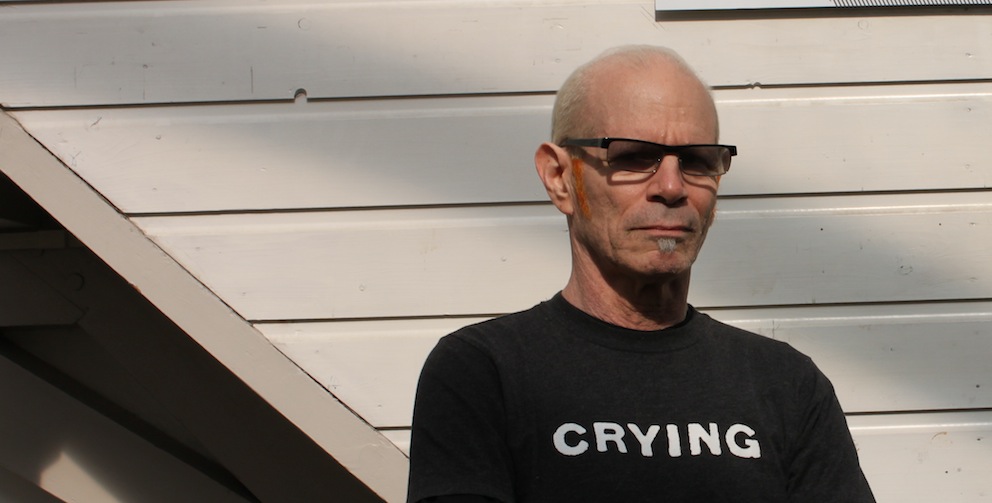
‘I got a book and learned video’ Interview Charles Atlas
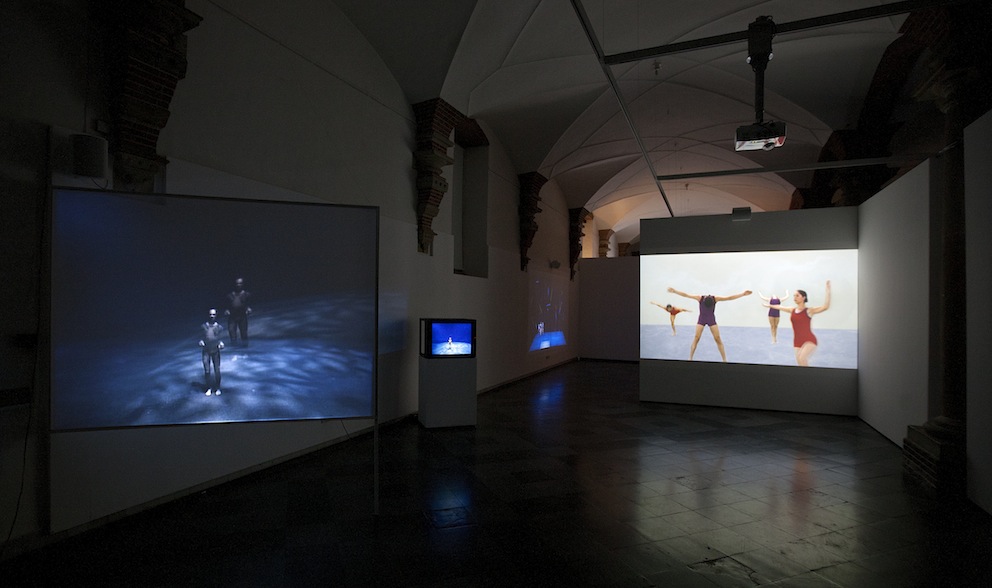
Charles Atlas has made films and videos for over forty years, mainly operating in the New York underground and dance scene. Lately his popularity in the art world is increasing, with projects at Tate Modern, The New Museum, this year’s Whitney Biennial and, on view until June 3rd, the exhibition Discount Body Parts at De Hallen in Haarlem.
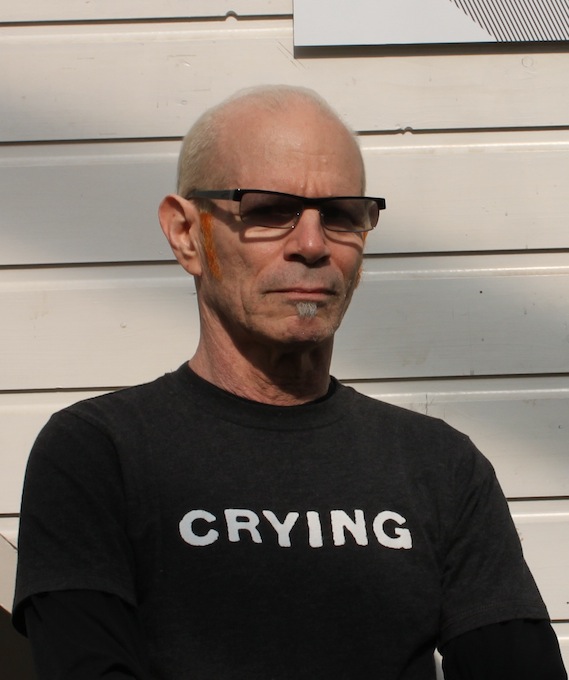
Charles Atlas has collaborated with dancers, artists and musicians such as Merce Cunningham, Anthony and the Johnsons and Marina Abramovic, who he worked with in Amsterdam for a year. Metropolis M talked to him about his first solo-exhibition in The Netherlands at De Hallen, his influences and artistic development over the years, and what has changed.
How did you start making films?
‘I’ve always wanted to make movies. I became interested in it as a child when I was probably ten years old, living in the mid-west, St. Louis, Missouri. I used to go to the movies a lot. It had a powerful effect on me. I am a very good audience: I laugh and cry at Hollywood movies. I guess that the power of that experience is why I was drawn to the idea of making films.
When I was twenty years old I went to New York, at that time there was no way to study film. You had to either go to California or Europe. So I just started making my own films in Super 8. And then I started making dance films when I met Merce Cunningham.’
You are self-taught?
‘Yes, also with computers. I read instruction manuals. They are like recipe books.’
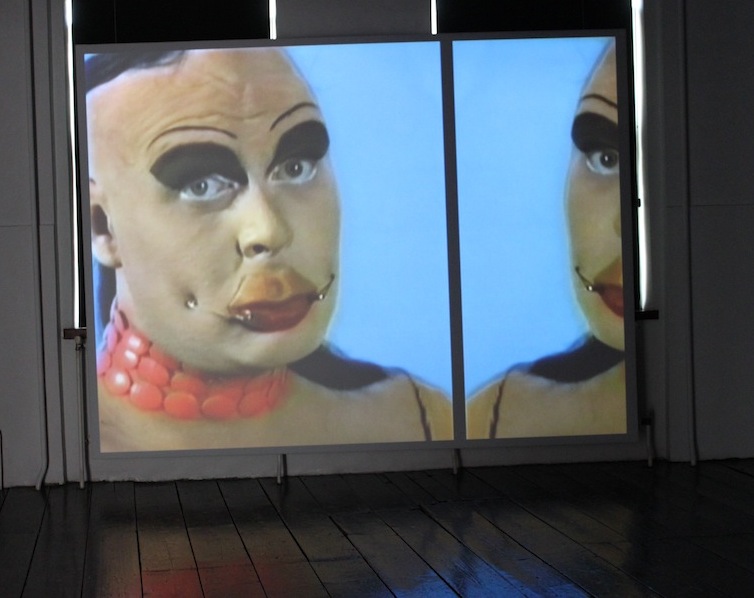
How did the collaboration between you and Merce Cunningham (1919-2009) start?
‘I had made a film of one of his dances, Walkaround Time. Merce decided that he wanted to make a video. John Cage had the idea actually, because he wanted Merce to stop touring and stay at home [they were life partners]. He said: “Merce, if you make video’s, you don’t have to tour anymore, you can just send out the video’s.” I only knew film at that point. So I got a book and learned video. The introduction of video made a huge difference on the work process, because you could play back instantly and see if it works.’
What did you learn from him as an artist?
‘Probably more than I will ever realise. I was very young when I started working with him. He’s the best collaborator that you can ever have. He treats every artist as an equal, even though I didn’t feel like it at the time. I was in my twenties and he was “Merce Cunningham” already. It felt like an easy collaboration, really lively and interesting. I learned a lot of things from him: a working method, daily work. He was devoted to his work. I worked seven days a week at the studio. Not because I had to, because I wanted to.’
Your work has been very popular in recent years, and it seems to be influencing a lot of young artists. Why is this something of ‘now’?
‘I don’t know. It’s a mystery. I’ve been working solidly for all this time. Variety is important to me but I didn’t go to other media. I’m just interested in time-based media: film, video or performance. Within that, I tried to do the widest range possible.’
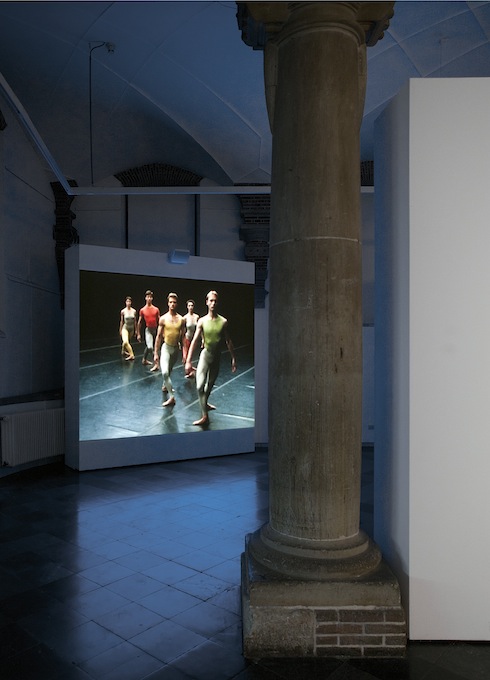
Can you tell me something about the works you are showing in Discount Body Parts at De Hallen?
‘The work is all new, but from old material. I am showing three pieces. Downstairs is a piece called MC9, a nine-channel installation. I decided it was the moment to do a Merce Cunningham piece. It is drawn from all the material I made with and about Merce (about forty films). I had not looked closely at a lot of the videos for a long time and I was impressed at how good we did.
Upstairs are works that I call installation portraits, of the three people I have worked the most with: Leigh Bowery (1961-1994), Anne Lobst and Johanna Constantine. And a work called Joints 4Tet for Ensemble (1971-2010). It’s also a Cunningham-piece and it is based on old Super 8 films. When I first got my camera I made close-ups of Merce’s joints. I used that as material and made a choreography of it. I used a sound by John Cage. It is a memory piece for me.’
Are you still nervous to show new work?
This is all dance, so I know how to do that. But the show before this one, that opened in New York at Luhring Augustine, I really didn’t know how to do it. It is my newest work called The Illusion of Democracy, and it’s surprising to a lot of people because it is totally abstract.
Why did you go abstract?
‘For several reasons. Everybody wants to show the old things and I am really not interested in the old things. As I get older, my interests change. I can’t even imagine making the work I made twenty years ago. That person is another person. For a long time my work was like a diary of my friends and the people I knew and the scene. I wanted to make something that doesn’t look like anything I have ever done before. I wanted to imagine that I’m a different artist, with different ideas. That’s why I used numbers, not people.
And I am doing a book for which I was planning to include some notes. I have boxes and boxes of notes, and it is all numbers because of the time codes and frame numbers on it. They hardly have any meaning anymore. Have you ever seen the film A Beautiful Mind? That kind of thing I love.’
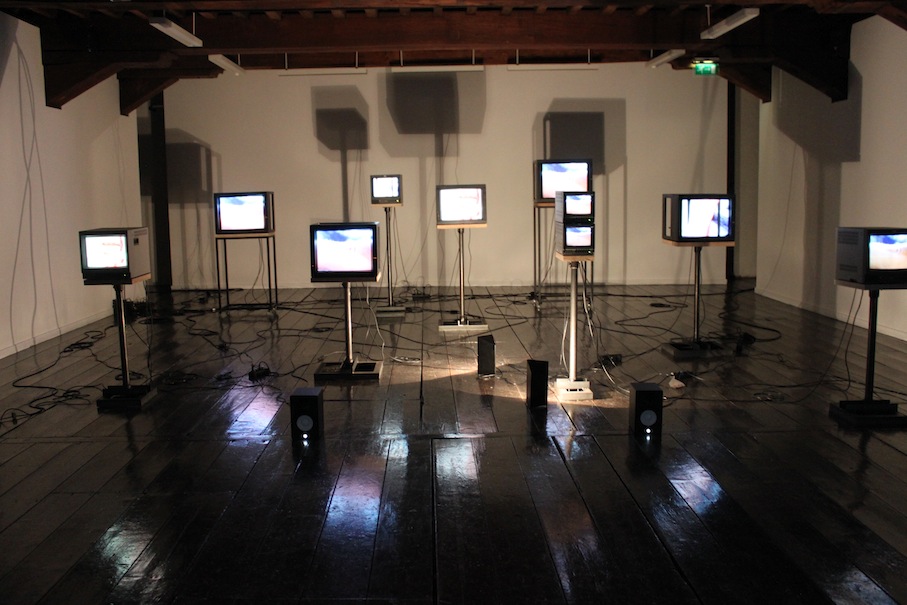
Who influenced you? Back then, and now?
‘My influences are always the people I work with. I have worked with a lot of different people over the years, and I try to use that as a way of stretching myself.
After my twenties – you know, when I really had heroes – there were things I liked, but I was never as wowed as I was in my twenties. There is a certain period when you are very influenceable and everything seems new to you. And after some time, it doesn’t anymore. Robert Rauschenberg, Andy Warhol, Jasper Johns were the three artists that have always influenced me a lot. And Samuel Fuller, Jean-Luc Godard, Carl Dryer.’
What is the difference between the seventies/eighties and now? Was it more being part of a subculture than being part of the art world?
‘Definitely. A lot of people were artist personalities, but they weren’t really making things. They were dressing up and going out and all their creativity was used on their personal expression.’

Drag seemed particularly relevant.
‘The eighties were really the drag period, especially in New York. I was part of that, and all of my friends were. Those people have gotten professional. The lively thing in New York was the club scene. I used to go out almost every night. And then it changed so much.’
Because of the AIDS epidemic?
‘Yes, that was part of it. When Leigh Bowery [performance artist, 1961-1994] died I really kept back. He was my best friend. I used to go out with him all the time. It was so much fun. But I had enough fun in my life. [grin] I hardly have any fun anymore.’
Charles Atlas – Discount Body Parts
16 March – 3 June
De Hallen Haarlem
Jolien Verlaek


